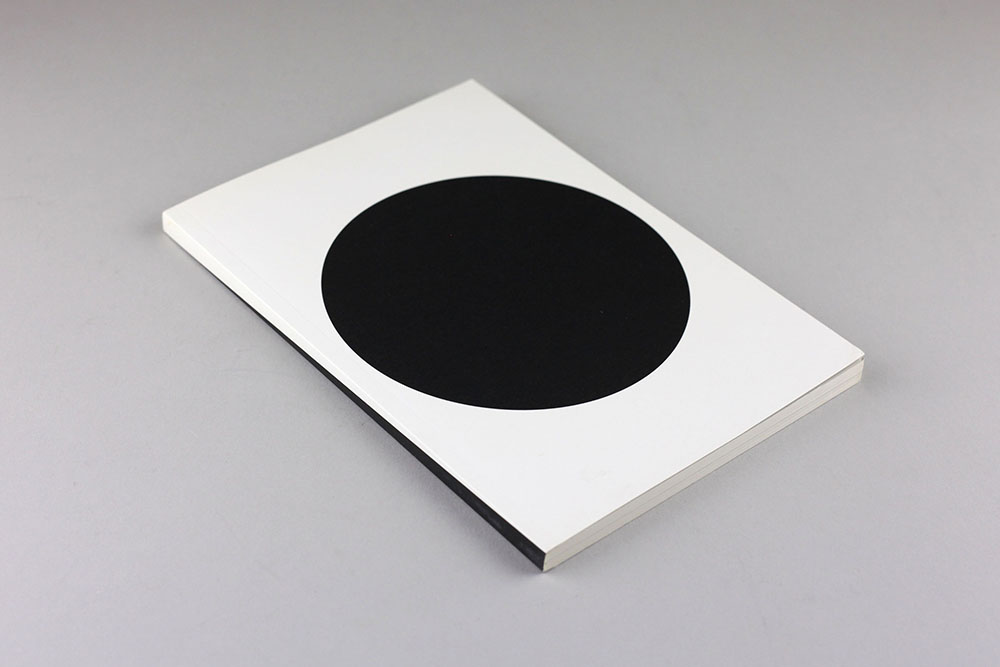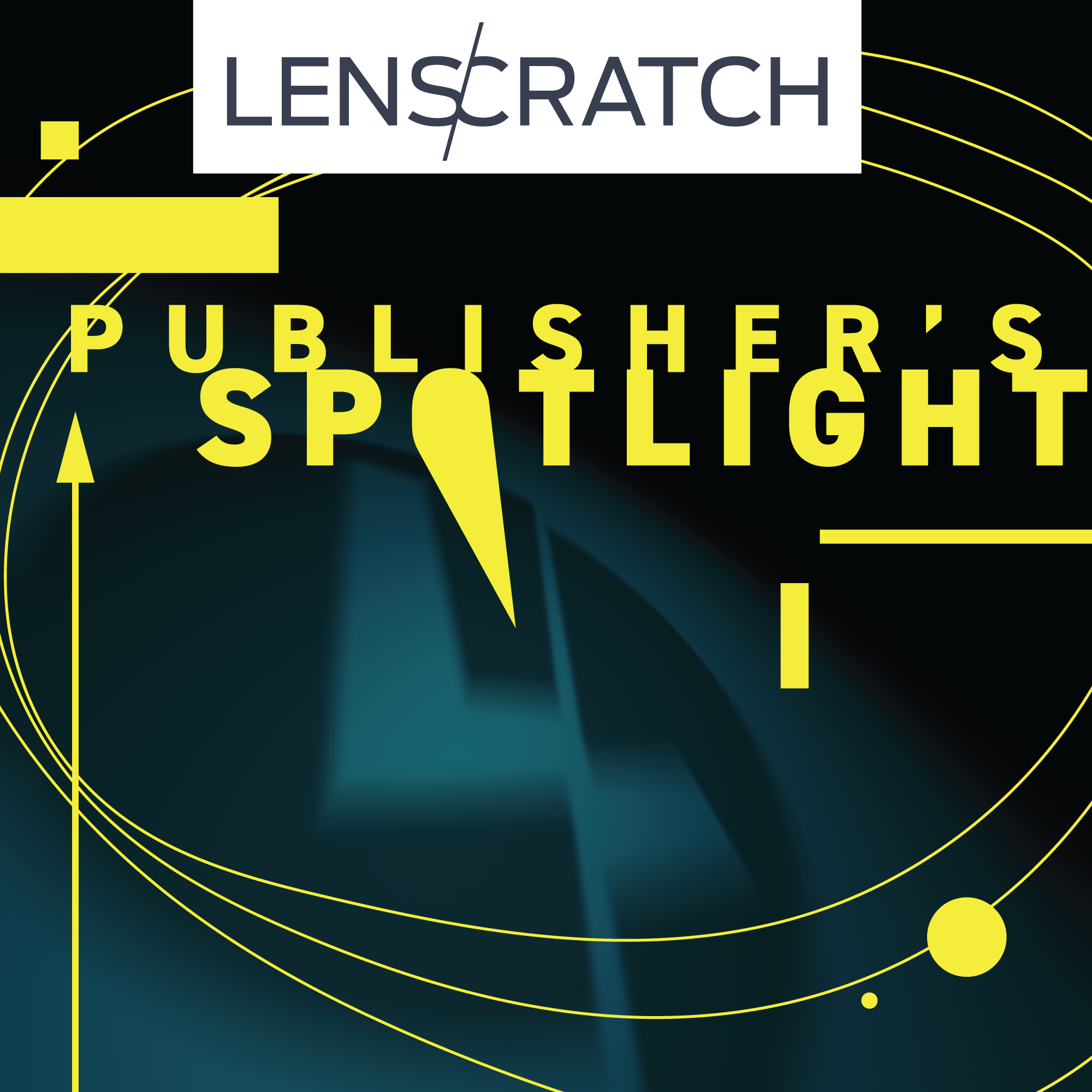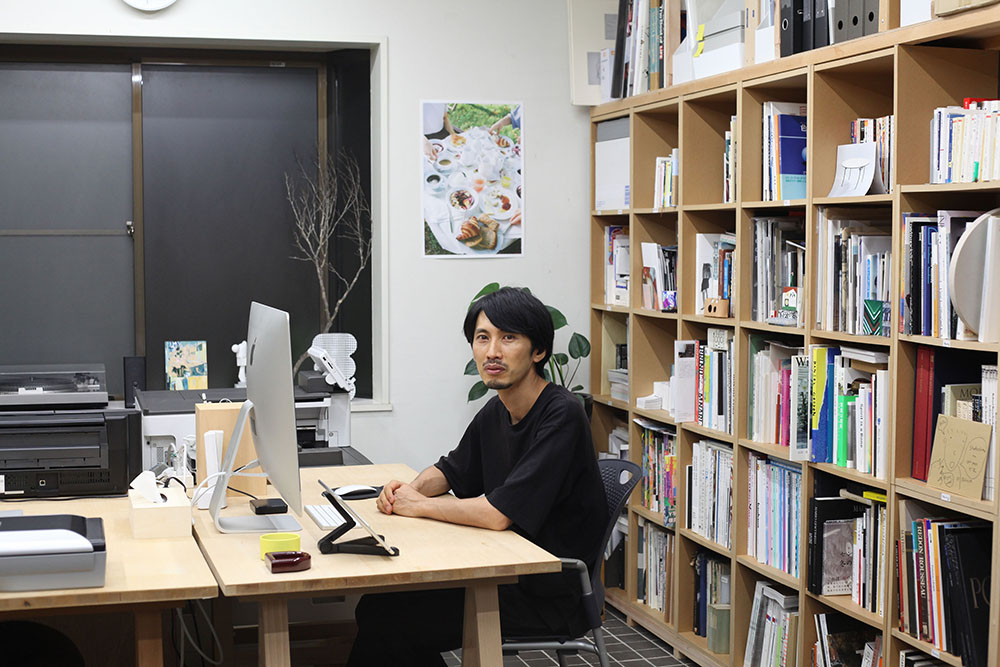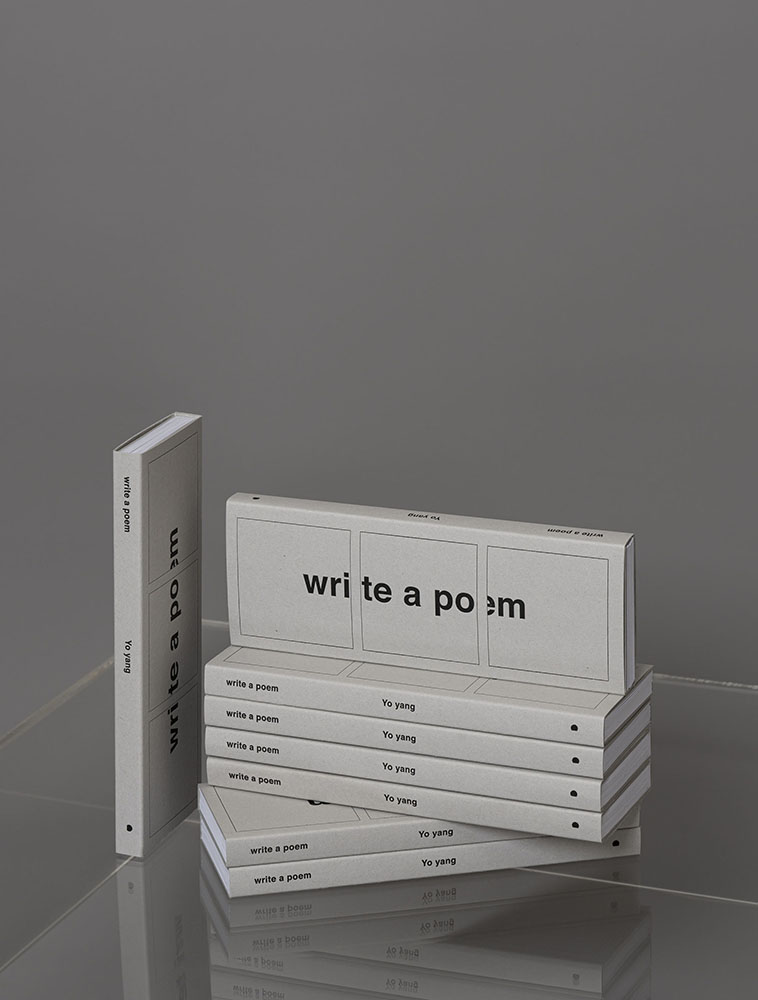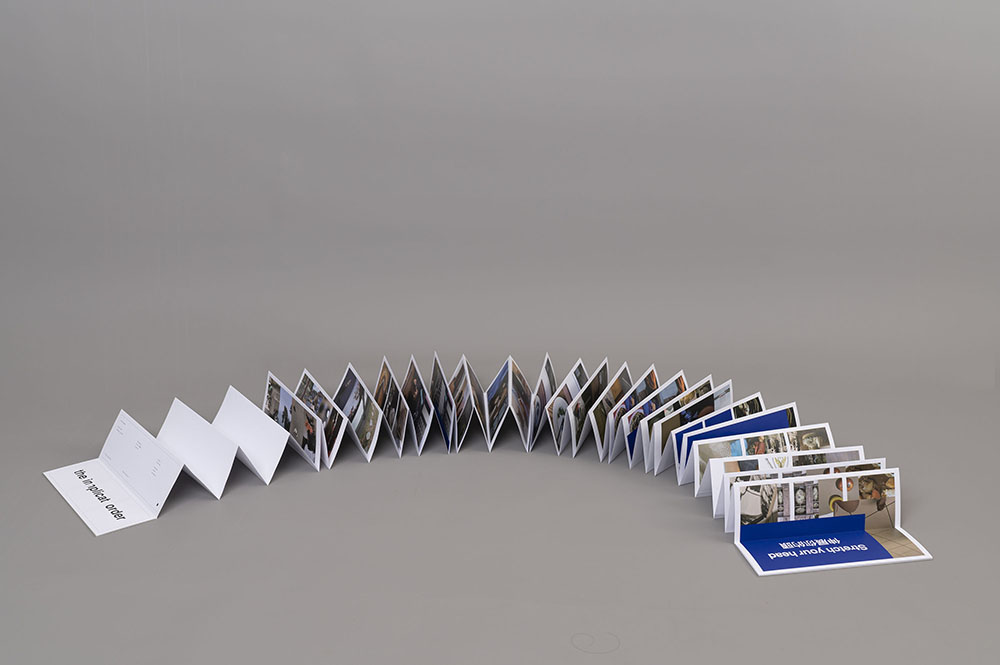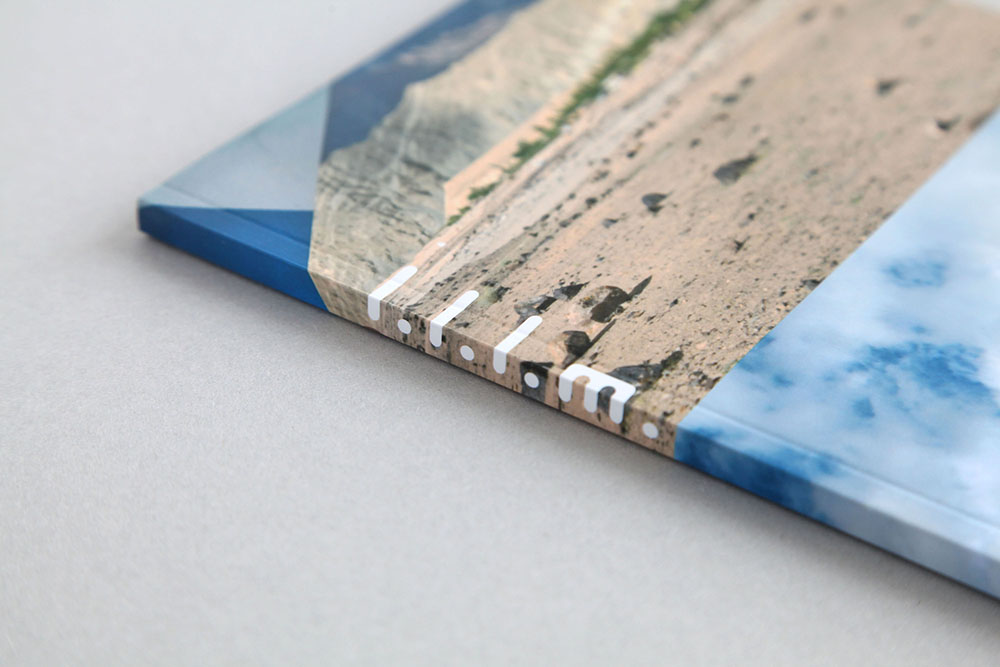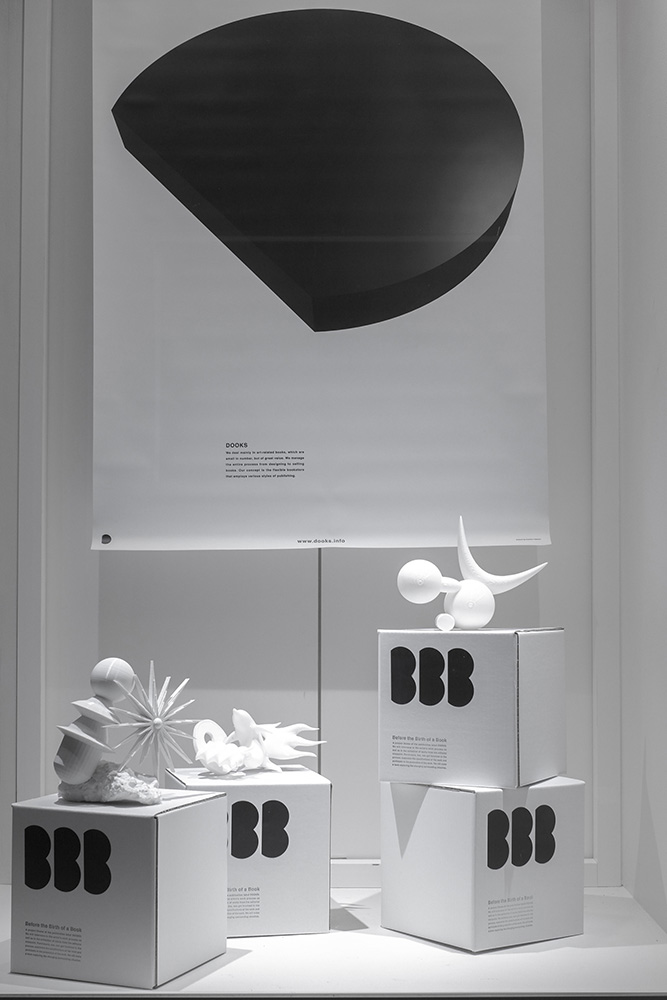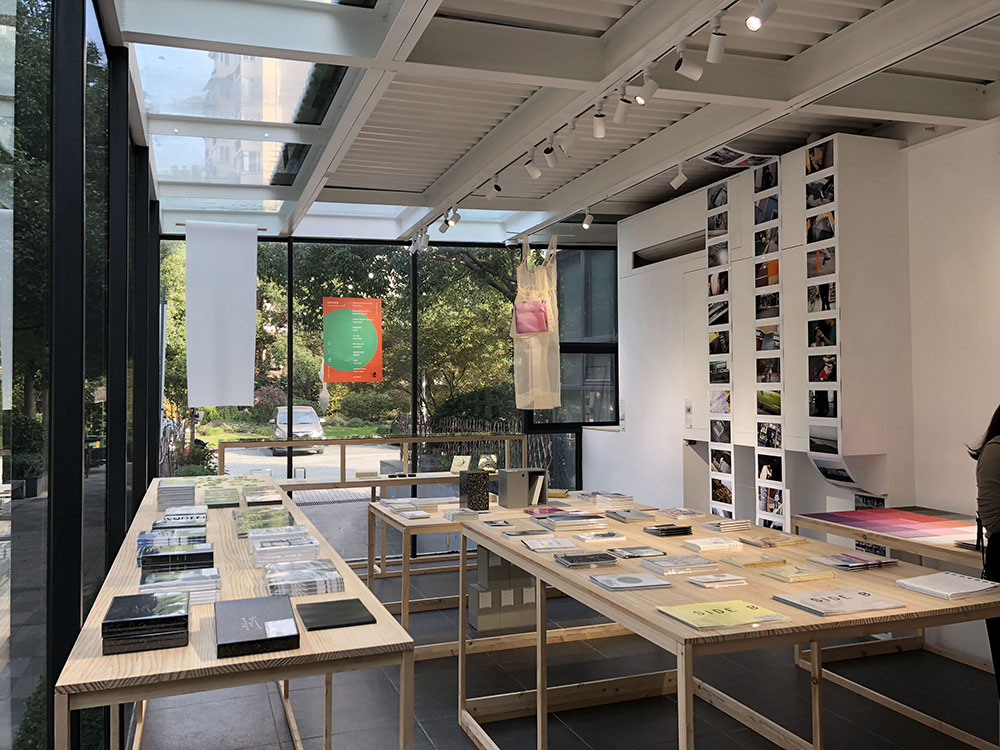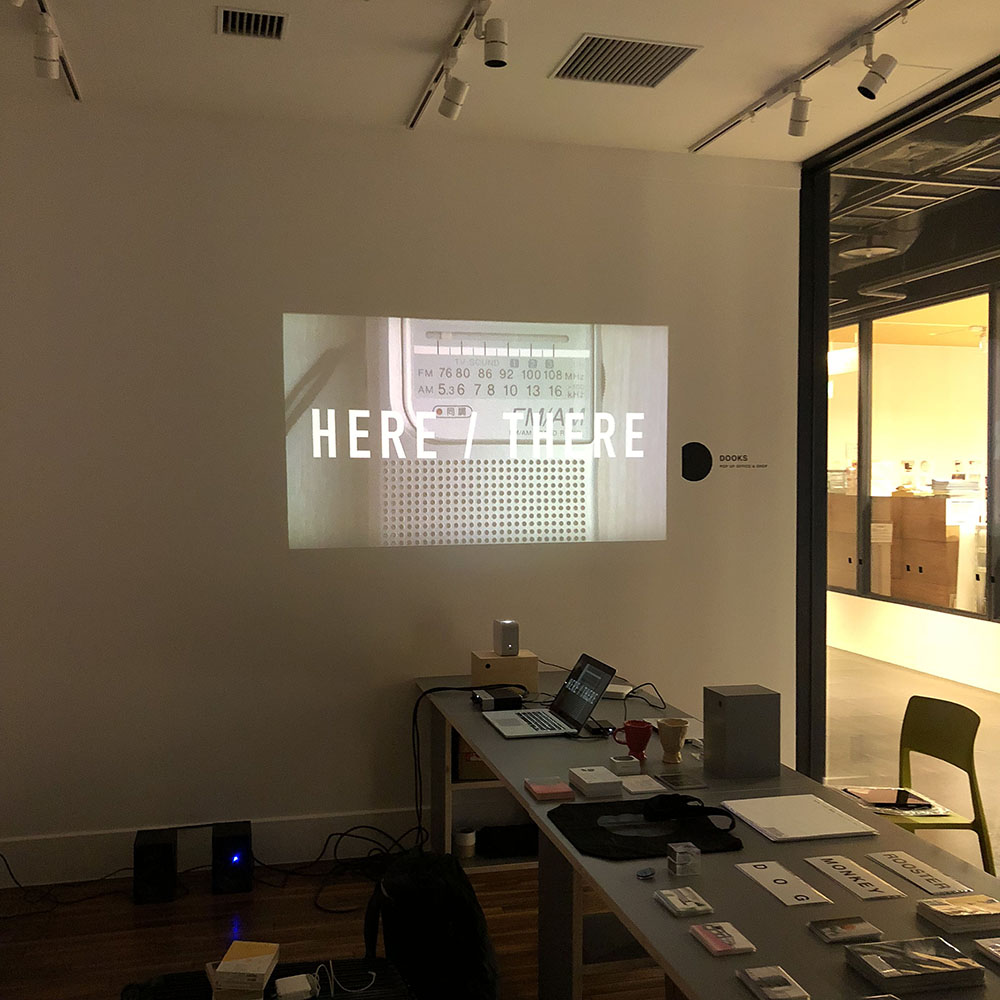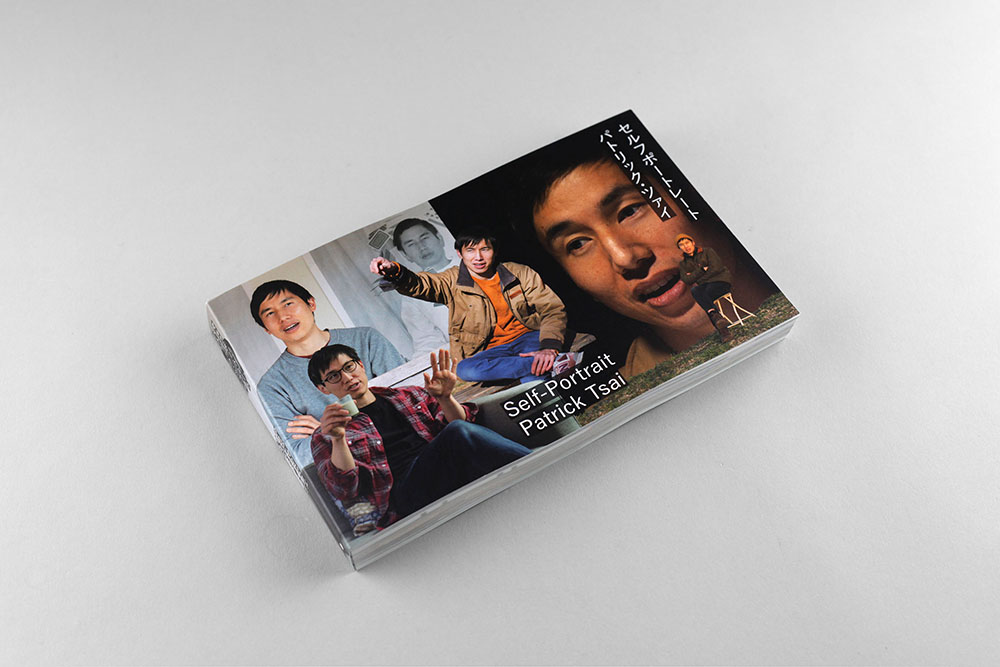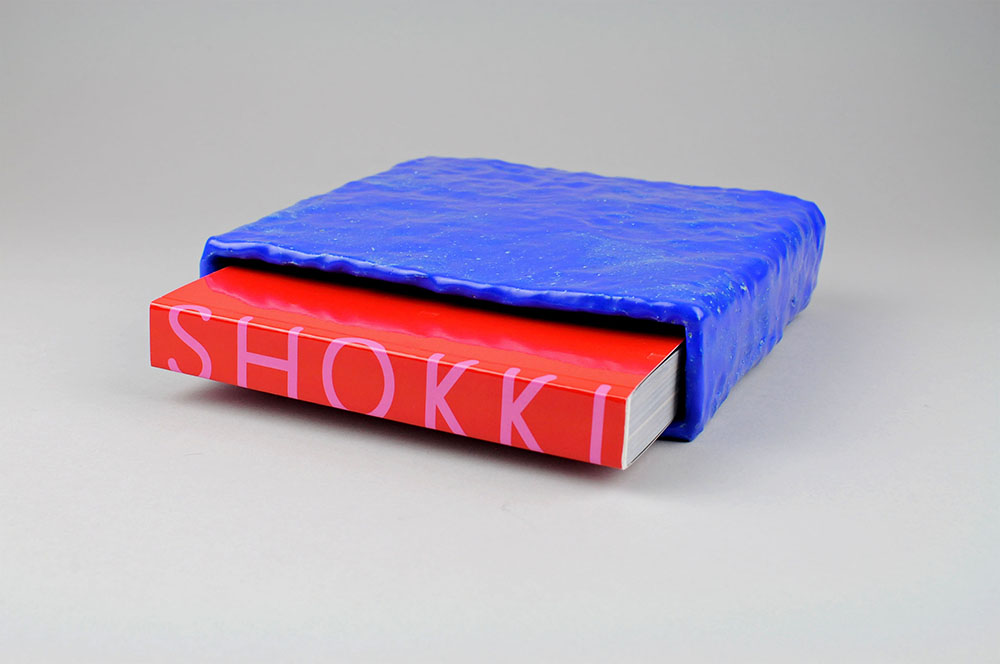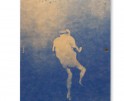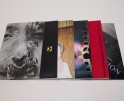Publisher’s Spotlight: DOOKS
These past months we have been focusing on books on Lenscratch. In order to understand the contemporary photobook landscape, we are interviewing and celebrating significant photography book publishers, large and small, who are elevating photographs on the page through design and unique presentation. We are so grateful for the time and energies these publishers have extended to share their perspectives, missions, and most importantly, their books.
DOOKS is a Japanese art book publisher based in Tokyo. Founded in 2014, they publish photography as well as other art forms including sculpture and painting. Beyond book design and publishing, DOOKS also works with their artists on gallery exhibitions and sales.
I was turned on to DOOKS through the recent launch of my friend, Patrick Tsai’s latest photobook, Self Portrait. Patrick’s work is more conceptual and experimental than most traditional photobooks, and his work found a good home among the other clever and well-designed DOOKS titles. Their books contain art and are art at the same time. It’s not always easy to get that balance right. I was happy to speak (with translation help) with DOOKS founder, Daichi Aijima and learn more about how they do it.
Follow DOOKS on Instagram: @dook.aijima
About You
How did you get started? What was the first book you published, and what did you learn from that experience?
Originally, I was interested in contemporary art and aspired to become an artist myself. However, as I became involved with other artists around me, I connected with them more and more through design. Designing eventually became my job. However, after nearly 10 years of working on commercial graphic design work, I was exhausted with nothing left to offer.
I wanted to build something up and leave something behind, so I started doing book design and publishing. The book that inspired me to start DOOKS in 2014 was Glasshouse, a collection of photographs by photographer Taku Kimura. During our first meeting, I memorized, selected, and arranged a large number of photographic prints that he had taken over the years. He liked what I had done so much that he not only used them in his book, but also displayed them in the same order when he held an exhibition. This gave me confidence. I began to think that art could be conveyed sufficiently without design, so I became more conscious of the importance of editing. Since then, I have been making books with the aim of showing the works themselves without excessive design. In fact, the cover of this book was only a circle with no text.
What is your mission as a publisher?
Books can show the way of life of an artist and act as an archive of their work. Through bookmaking, we build a long-term relationship with our artists, sharing a lot of ideas with them in the process. I feel that we form a community with one goal. Our company does not only make books, but we continue to work with our artists by organizing exhibitions and supporting their long-term sales activities.
How big is your organization?
My partner and I are responsible for the overall operation of DOOKS while the design is done by me. Our exhibitions and events are made possible by the cooperation of the artists and designers involved.
What are the difficulties that publishers face and/or that you experience?
After the files are sent to the printers and all the way leading up until the finished product is confirmed, I always worry, wondering if the artist will be satisfied with the actual book. Since a number of people are involved, there will be times when you are pressed for time, and no matter how attentive you are, problems will always arise. If there is any trouble, our company needs to be the go-between for the printing house and the artist, helping to solve the issue in a smooth manner.
Are there any publishing projects that have been particularly meaningful to you?
We have recently launched a project called Before the Birth of a Book, which focuses on the process of creating an artist’s work. We will produce custom-made works to order, inviting the artist to share his, or her, creative process and inviting buyers to take part. Ultimately, the goal is to compile the collected works into a book as an archive, funded by the sales of the works.
One of the projects we are working on with sculptor Takuya Kumagai is a “made-to-order” sculpture. Purchasers select four flat object pieces arranged on a table and combine them as they wish within a white frame. In this process, the pieces are composed so that they always touch each other somewhere. The result is then photographed and emailed to the artist, who designs the object into a three-dimensional form. The 3D-printed object is packaged and delivered to the buyer.
By allowing the purchaser to intervene in the production process in this way, the artist has the pleasure of creating a formative object that he, or she, had never expected. The purchaser will also be able to better understand the artist’s creative process through his, or her, intervention in the creation of the artwork. There is also a possibility that the final book will include the works that they were involved in, allowing them to see the project through to the end.
What upcoming projects are you excited about?
To date, I have traveled to various places in Japan and abroad to hold exhibitions and participate in book fairs in order to make Dooks known to as many people as possible. Although I have been aiming my activities somewhat far away, recently I have also been focusing on activities in the the vicinity of where I live. I think the birth of my child is a big part of the reason why I have begun to want to let people close to me know about what I am doing. I have been interacting with local creators of various genres across boundaries and actively participating in local events. I am looking forward to expanding Dooks in many ways in the future, such as holding workshops with contests and having a DOOKS bookshelf installed in a corner of my neighborhood shopping district. We are looking forward to having many more opportunities in the future.
How many books do you publish a year, and how do you choose which projects to publish? Do you have a specific focus?
Although it is a personal perspective, I am planning the next book by comparing it to all the past titles and wondering if the same thing is being repeated. There are various genres within art, and there are also invisible networks and factions in art communities such as the galleries to which one belongs. I try to eliminate such biases and genuinely see the various mediums of expression in a balanced manner.
What is the typical timeline of a project, from the beginning to the finished product?
Much of the time is spent in consultation meetings before the actual designing of the book. The process begins with the planning of the book’s theme and concept, and continues through the process of editing, designing, making specifications and color compositions, printing, and bookbinding with the fastest books being completed in about two months. Recently, we have been working on several books at the same time, so it can take six months, or even a year or so, for some of the longer ones. For the books that we are working on together as a project from the production stage, we can spend even longer than that sometimes.
How can an artist get their work in front of you? Do you have any advice for photographers wanting to make or publish photobooks?
Famous or unknown is not a problem. In a sense, we also want to try to publish interesting works, even if they are difficult to sell, as we find ways to do so. This is one of the strengths of being a small publisher like DOOKS, which allows us to be flexible, and above all, it is an expression of our desire to support artists.
DOOKS also publishes not only photography books but also art books of various genres, so timing on the part of DOOKS will also have an impact. What is important is that even if the artist is taking photographs, we look at their work with an emphasis on whether or not they are approaching expression like a contemporary artist with a broad perspective that is not bound by genres.
The Artist / Publisher Relationship
How collaborative is the design process with the artist?
We really communicate a lot with artists even before we start working on a book. In order to learn as much as possible about the essence of the artist, we talk about things other than his/her work, and I always try to ask about the “production process” of their artwork, which can easily provide hints for design. Recently, we are making more and more of our books without meeting in person, so we make full use of videochat and e-mail. Sometimes we make books from existing works, but we also ask them to create additional works, or sometimes we ask them to create works on a new theme. Once the artwork is ready, we photograph it, select and arrange the images, and share the book design and specifications with the artist as we proceed. After the book is printed and bound, we stay in touch with the artist for a long time through exhibitions, events, and sales, sometimes leading to the creation of the next book.
How is the financial side of the project structured between publisher and artist? Does the artist contribute to production cost?
We don’t place more importance on books that sell more quickly than our other books. We understand that each book requires a different timeline for sales, so we’d like to respect that. We ask the artists to share the production costs with us, which is how we can maintain our business. In return, we try to find ways to reduce the burden on the artists by devising new ways of production. We also share, or split, the finished books and do our best to sell them together. Basically, regarding sales, we give priority to the artists with their own exhibitions and other events where the books are presented for the first time, so that they can recoup much of their production costs.
What support do you give artists in terms of marketing or distribution? Do you attend book fairs?
Although we have not been able to hold this exhibition for the past few years due to the coronavirus, we have planned – and held – a solo exhibition approximately once a year, both domestically and internationally. Our main focus is to display the actual works of newly published artists and their books, and we also display all the books we have published in the past. We also have 10 to 20 events and pop-up stores a year, mainly in Japan, giving us the opportunity to present our work in a variety of venues.
We participate in the Tokyo Art Book Fair every year and attend fairs around Asia as much as possible. We try to carefully distribute both new and previously published books over a long period of time by selling them through our online store and distributing them wholesale to independent bookstores in Japan and abroad.
Tracy L. Chandler is a photographic artist based in Los Angeles, CA. Her work explores peripheral communities and her own personal story reflected through portraiture and narrative. Her photographs address themes of memory, belonging, seeing, and being seen. Tracy earned her MFA in Photography at the Hartford Art School in 2021 where she was awarded the Mary Frey Book Grant. Her work has been exhibited in galleries and institutions in the United States and abroad.
Follow Tracy L. Chandler on Instagram: @tracylchandler
Posts on Lenscratch may not be reproduced without the permission of the Lenscratch staff and the photographer.
Recommended
-
Publisher’s Spotlight: Smog PressJanuary 3rd, 2024
-
Publisher’s Spotlight: Kult BooksNovember 10th, 2023
-
Publisher’s Spotlight: ‘cademy BooksJune 25th, 2023
-
Publisher’s Spotlight: Brown Owl PressDecember 10th, 2022
-
Publisher’s Spotlight: DOOKSSeptember 26th, 2022

